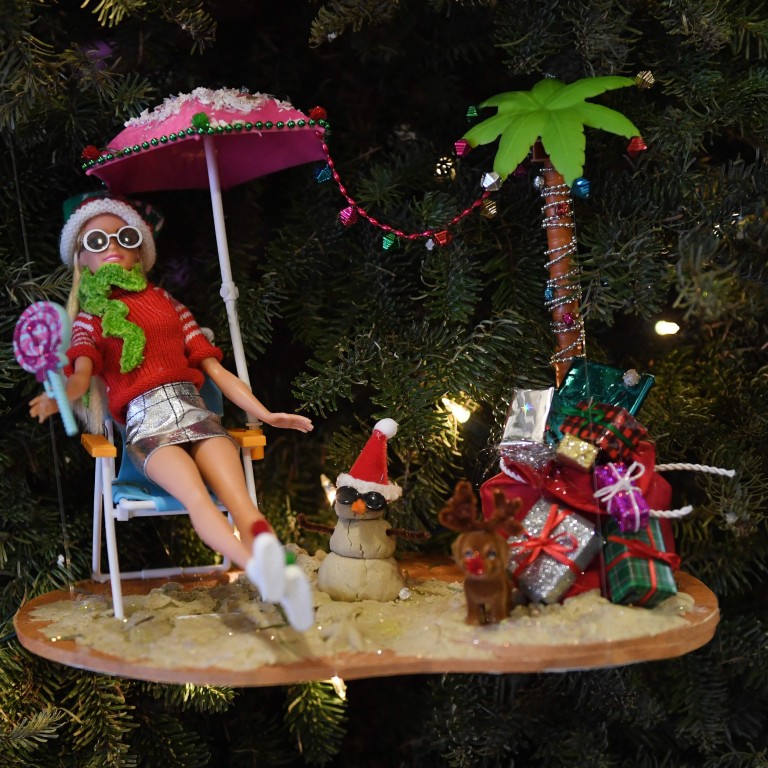
60 years of the Barbie doll: the controversies, the triumphs and how a brand new doll is made
- The grown-up doll with an impossible body has evolved to keep up with the times and has her own social media account
- A billion Barbies have been sold since her 1959 debut and she still sells 58 million every year
She is turning 60 this year and still doesn’t have a single wrinkle. Blonde or brunette, slender or curvy, black or white, princess or president, Barbie is a forever favourite for young girls, even if she has caused controversy over the decades.
The iconic doll has evolved to keep up with the times – check out her Twitter feed.
Mexican court blocks sales of Frida Kahlo Barbie doll after family objects
And despite fierce competition in the toy industry, 58 million Barbies are sold each year in more than 150 countries.
“In an industry where success lasts three to five years, 60 years is a huge deal,” says Nathan Baynard, director of global brand marketing for Barbie.
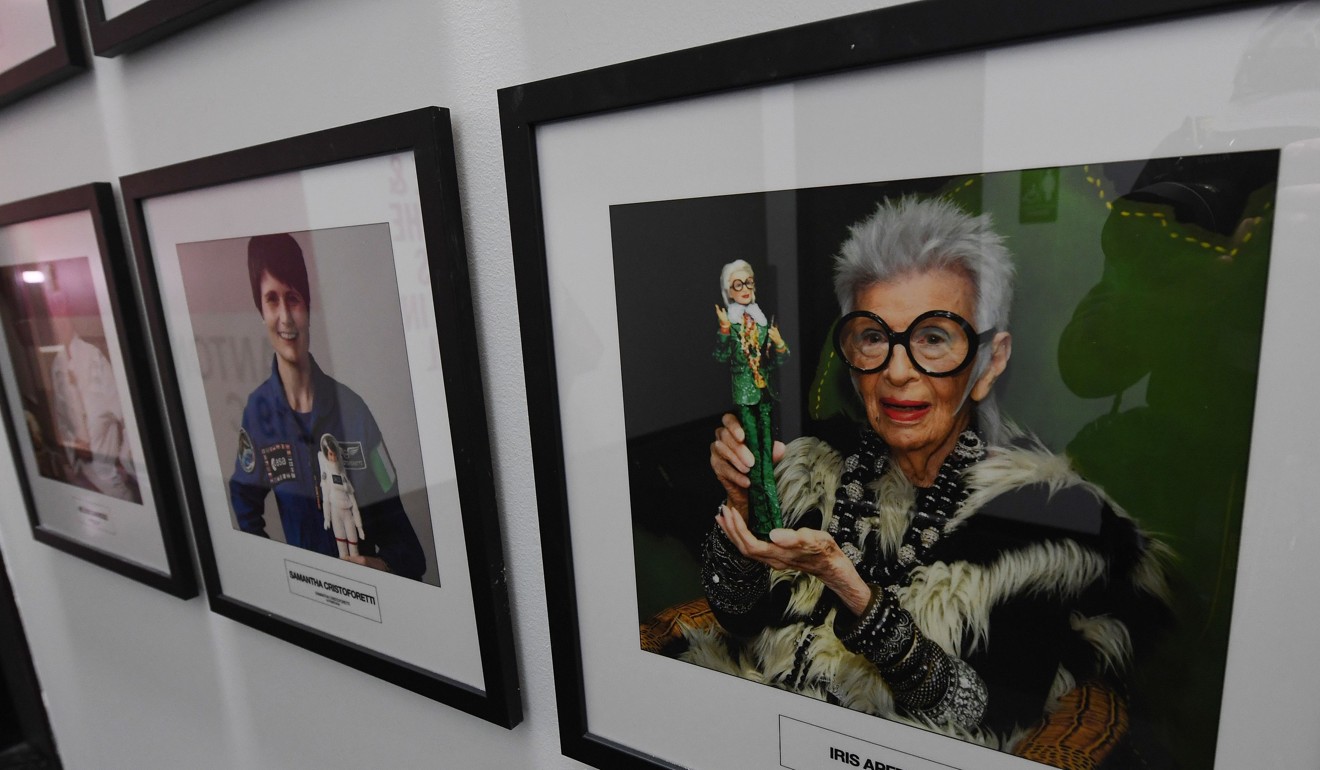
Around the world, Barbie is as universally known as Coca-Cola or McDonald’s, Baynard says during a recent visit to Mattel’s design studio in El Segundo, a suburb of Los Angeles.
In all, more than one billion Barbie dolls have been sold since she made her debut at the American Toy Fair in New York City on March 9, 1959.
She was invented by Ruth Handler, the co-founder of Mattel, who was inspired by her own children to create the doll.
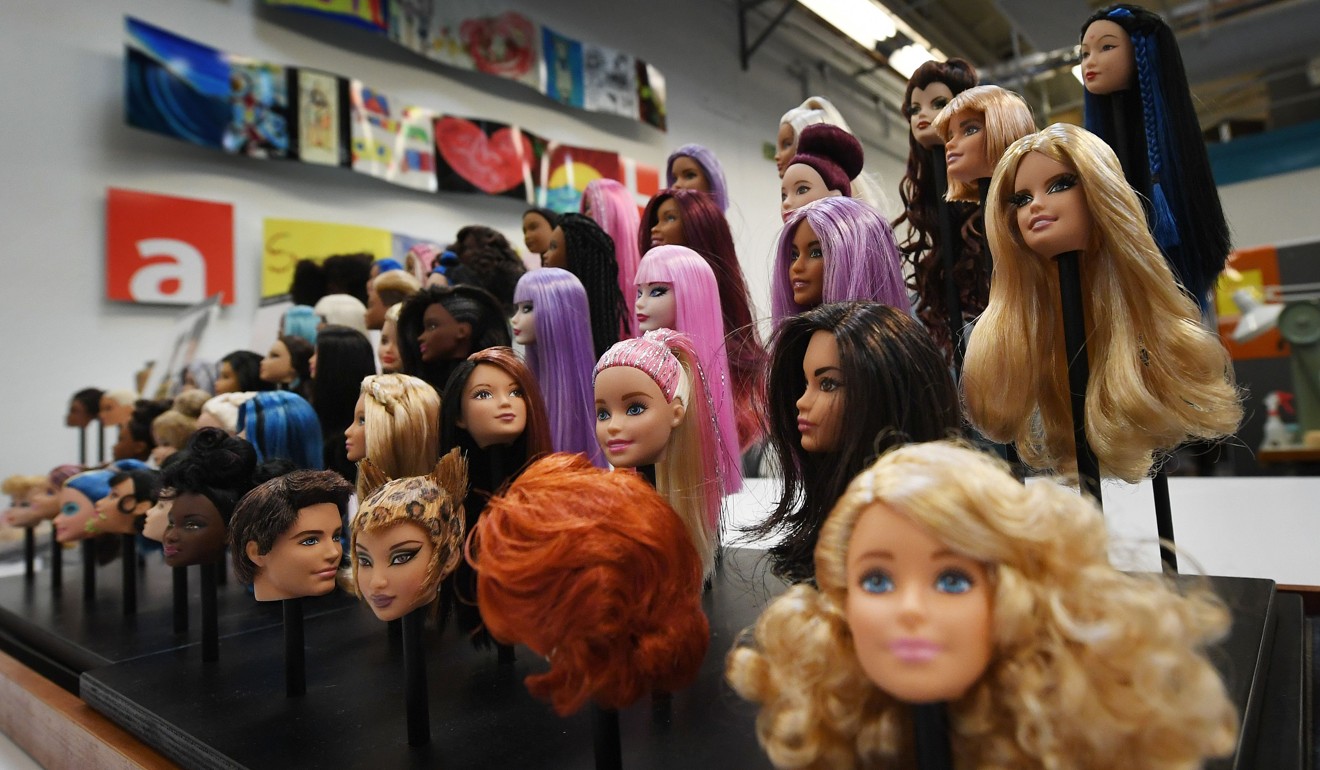
“Her daughter Barbara was limited in the choices of her toys – the only ones were baby dolls,” Baynard recounts.
“The only role she could imagine through that play was carer, mother,” whereas Handler’s son “could imagine being an astronaut, cowboy, pilot, surgeon”.
Barbie is, of course, a shortened version of Barbara.
The doll was supposed to teach girls “that they had choices, that they could be anything. In 1959, it was a radical idea”, Baynard says.
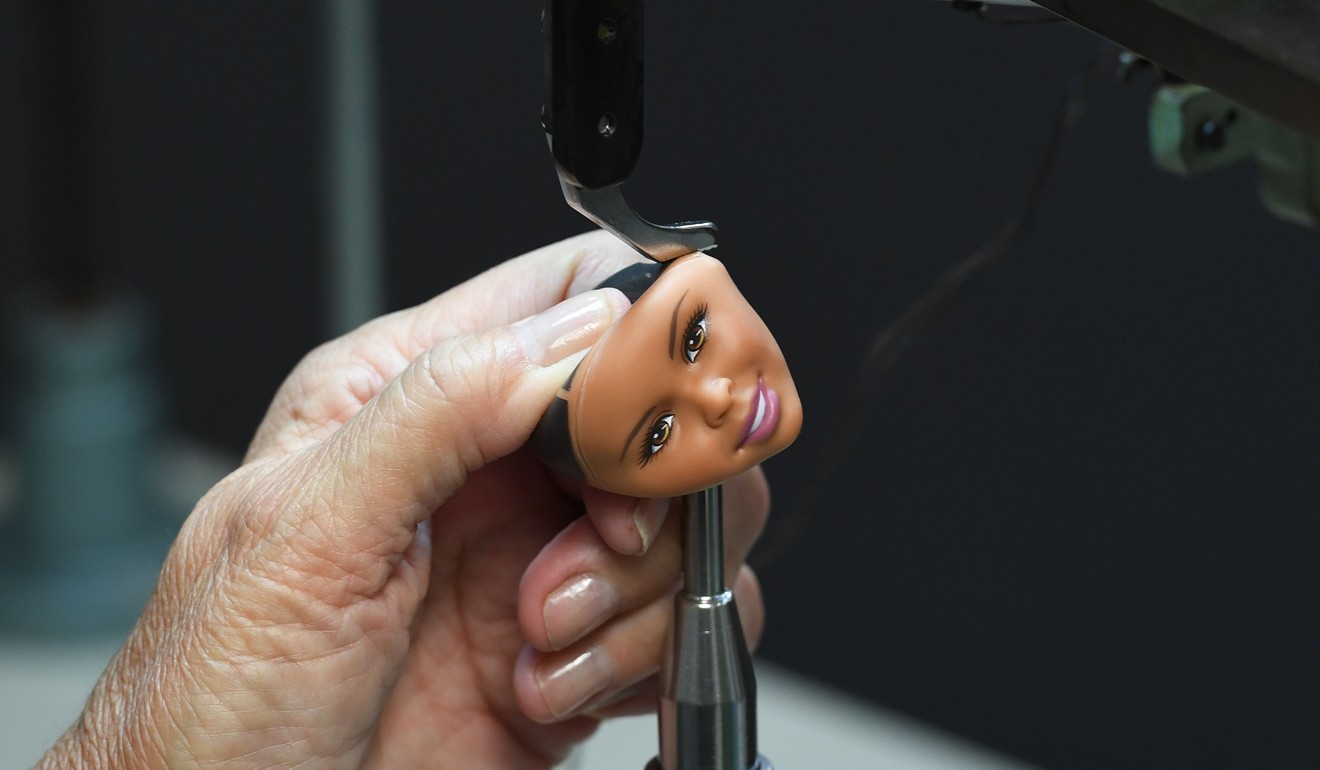
Barbie was an instant success. In the first year, 300,000 dolls were sold, he adds. From the start, Barbie’s pin-up measurements didn’t immediately seem all that feminist, and would spark criticism for decades to come.
“In 1959, her body structure was exaggerated to match the aesthetics of the time and the fabric available,” says Barbie designer Carlyle Nuera.
Barbie wears a hijab as Mattel pays tribute to champion US fencer Ibtihaj Muhammad
Since the blonde beauty first hit stores, and after a torrent of complaints over what was seen as unrealistic proportions, Mattel has made many changes – introducing multiple body types and dozens of skin tones.
MG Lord, author of Forever Barbie, also argued that the original criticisms were unwarranted.
“She is what the child wants her to be. How a child sees the Barbie doll is often framed by how the mother of that child feels about the idea of femininity,” Lord says.
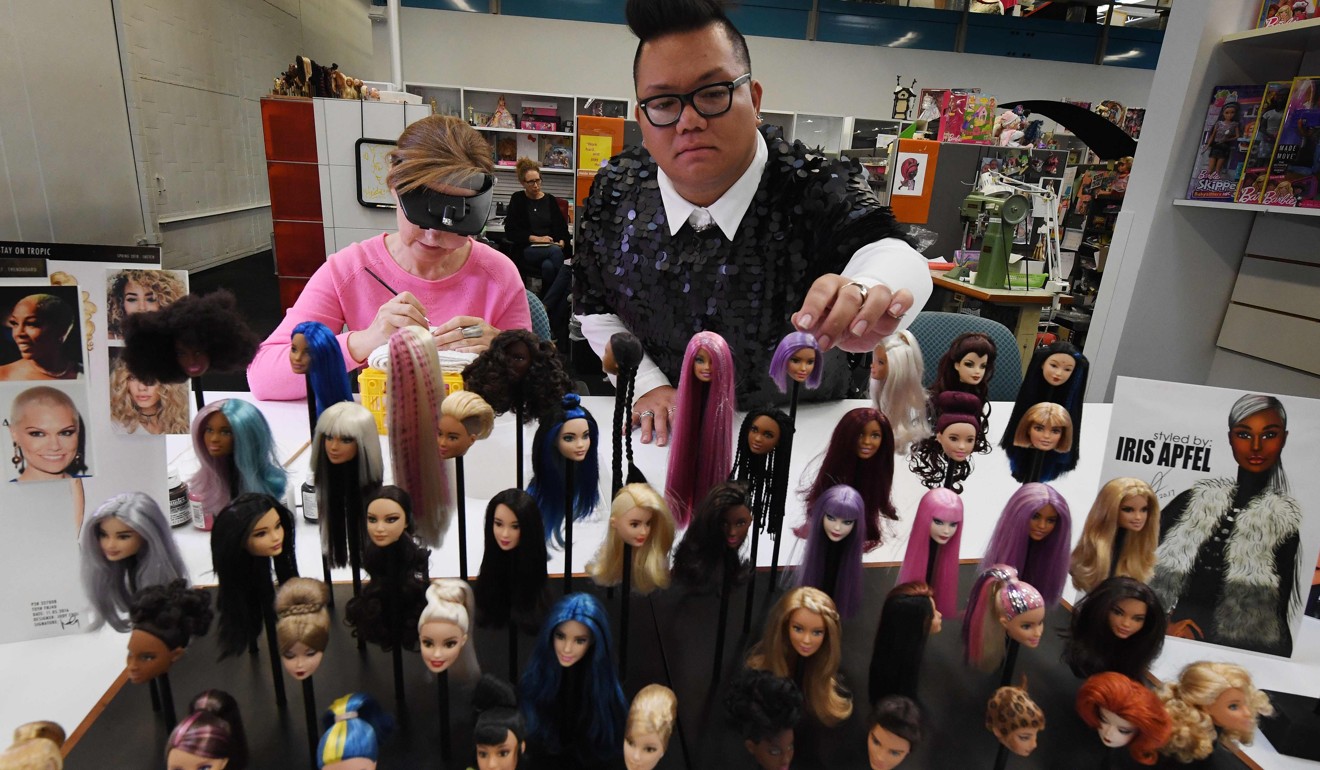
“The problem here is not an 11.5-inch plastic object. The problem is the larger culture and the idea of femininity.”
In 1965, four years before Neil Armstrong walked on the moon, Barbie became an astronaut. In 1968, the first black Barbie doll, a friend named Christie, hit store shelves.
Lisa McKnight, senior vice-president and global general manager for the Barbie brand, says that today, 55 per cent of the dolls sold around the world have neither blonde hair nor blue eyes.
Mattel has more than 100 people working in the El Segundo design studio, a massive hangar-like building wedged between Los Angeles International Airport and a highway.
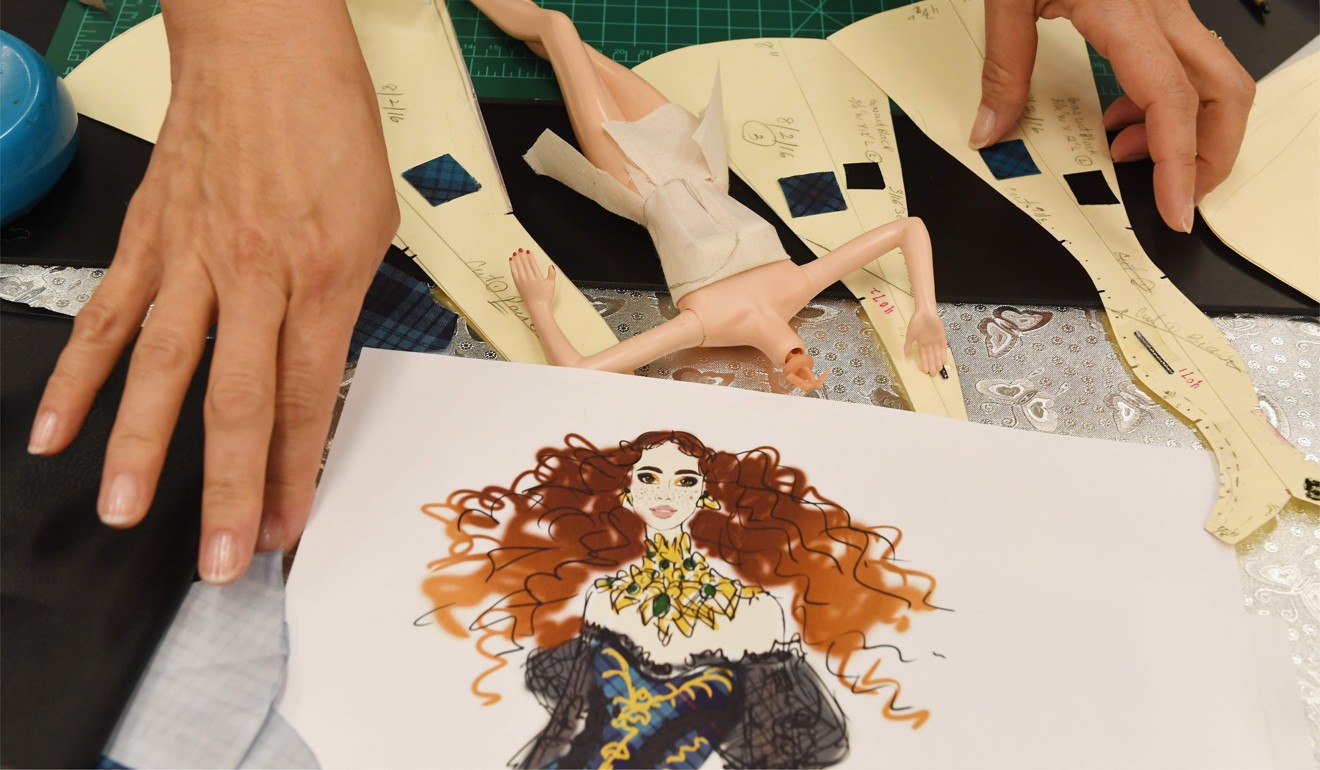
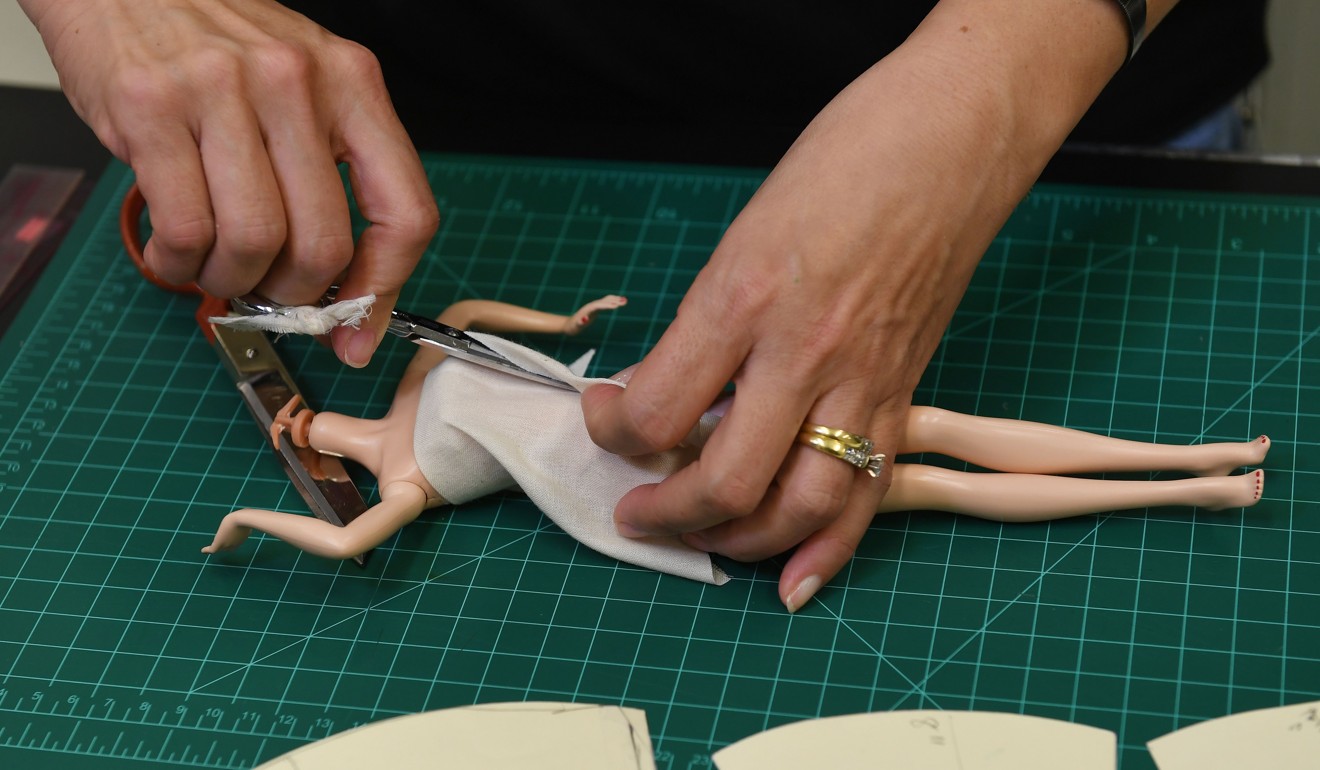
Designers begin with a simple sketch. From there on, every bit of a prototype is made by an army of experts – from sculpting the doll using software and 3D printing to painting the face, styling the hair, choosing fabrics and crafting the clothing patterns.
The entire design process for a new Barbie can take 12 to 18 months. Then, the prototype is sent from the California workshop to factories in China and Indonesia for mass production.
“Sometimes, you see her on a shelf and then it gets back to you: oh yes, I designed this one,” Nuera says with a smile.
Barbie is not only a toy store success – she has a massive social media presence, and is something of an “influencer”, with millions of followers.
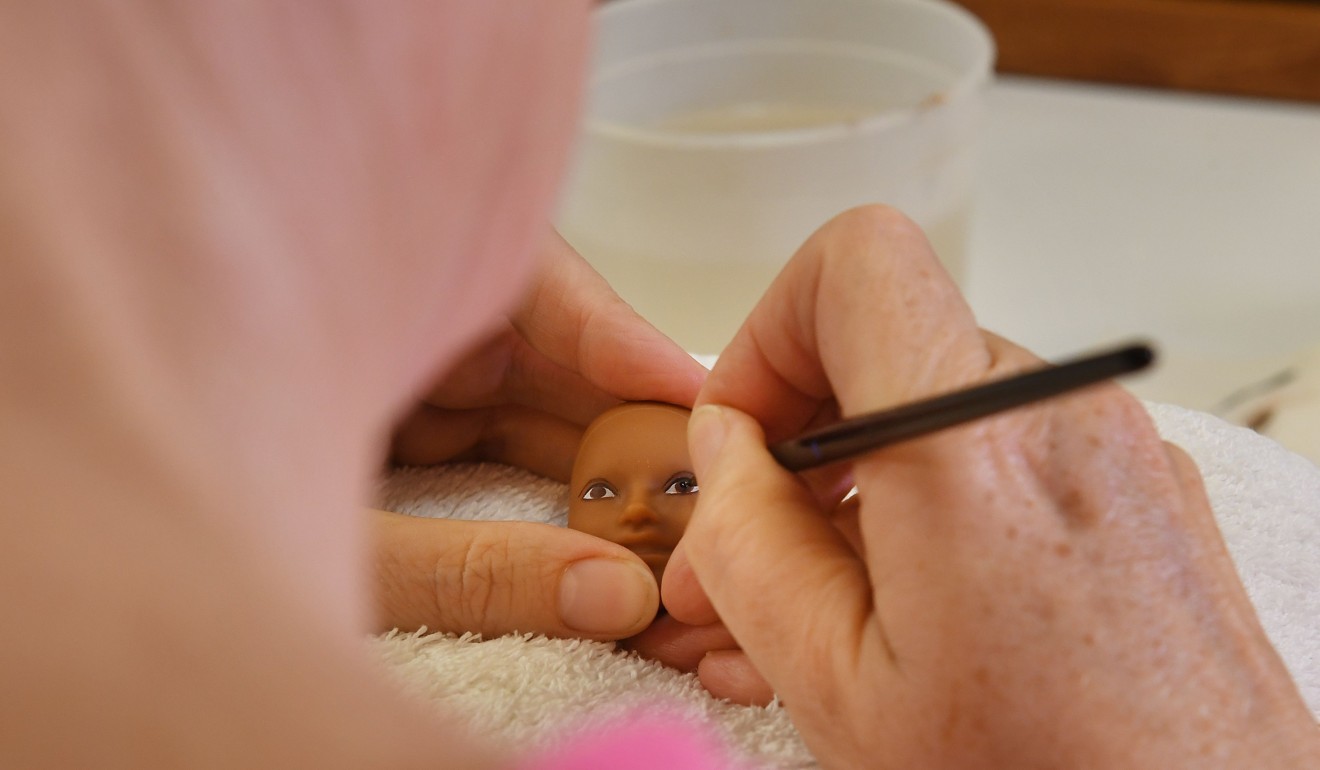
She has an actual identity: Barbie Millicent Roberts, who hails from the fictional town of Willows in the US Midwest.
And now, she speaks directly to girls about her life, and important current topics.
In 2018, the brand launched a sweeping campaign to help young girls close the so-called Dream Gap – using Barbie to teach them to believe in themselves, and not to buy into sexist gender stereotypes.
Barbie doll ‘honour’ for China’s top ballerina, Tan Yuanyuan
Barbie has a hair stylist, make-up artist and photographer who travel with her “for real” in the US and abroad for Instagram photo sessions (check out @barbiestyle). The account has nearly two million followers.
“The narrative of the Barbie brand is that she’s a young woman and she’s independent and pursuing careers,” McKnight says.

.png?itok=arIb17P0)